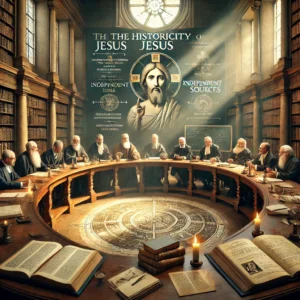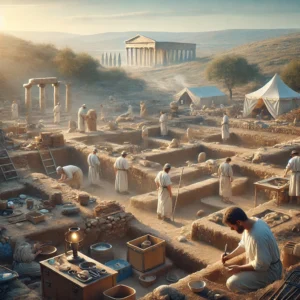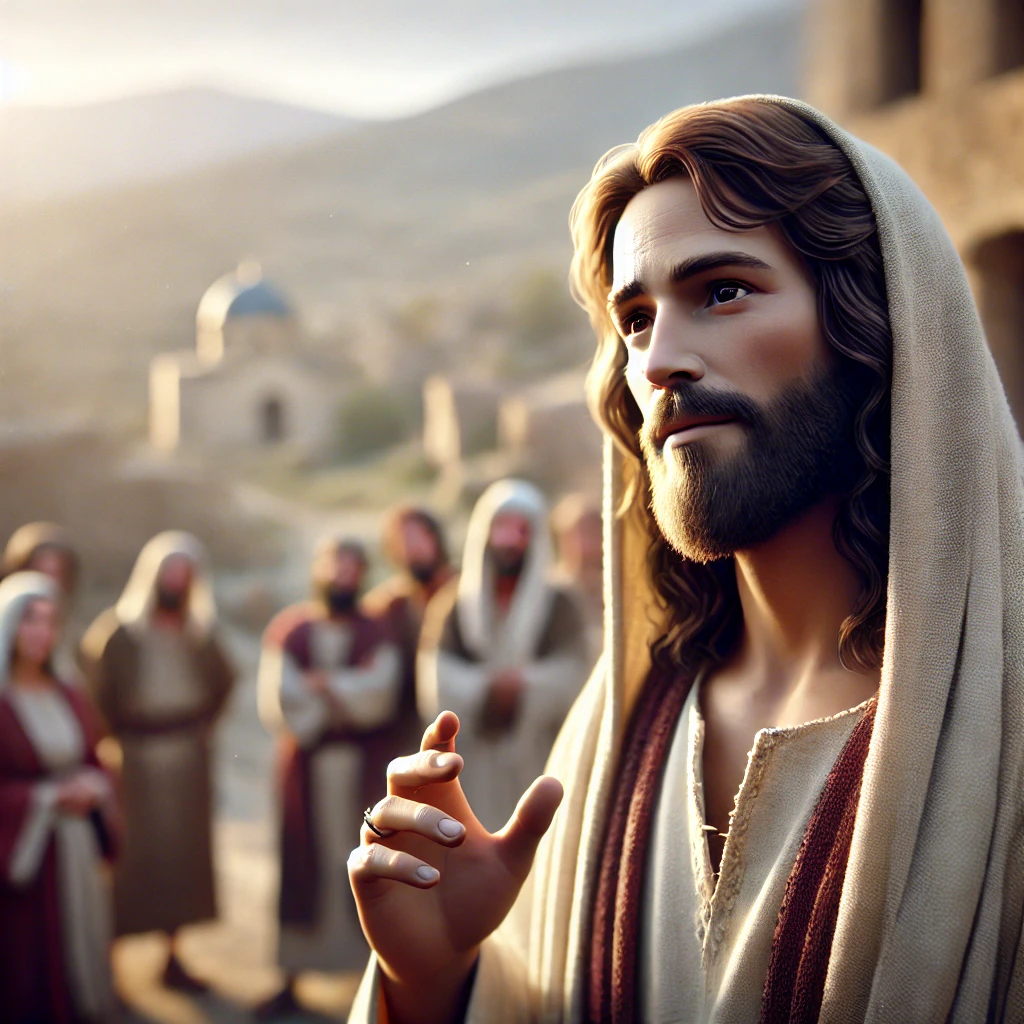Introduction

The figure of Jesus of Nazareth has been a central subject of religious faith and scholarly inquiry for centuries. While the theological and spiritual aspects of Jesus are well-documented within Christian doctrine, the quest to understand the historical Jesus—what he truly said, did, and how he lived—remains a vibrant field of academic research and debate.
The Sources of Evidence

Canonical Gospels
The primary sources for the life of Jesus are the four canonical gospels—Matthew, Mark, Luke, and John. These texts, written decades after Jesus’ death, offer narratives of his teachings, miracles, crucifixion, and resurrection. However, their theological motivations and the passage of time between events and their recording introduce challenges for historians seeking to extract historical facts.
Non-Canonical Texts

Other early Christian writings, such as the Gnostic Gospels found in the Nag Hammadi library, provide additional, albeit diverse and sometimes contradictory, perspectives on Jesus. These texts, though not included in the official canon, offer valuable insights into the diversity of early Christian beliefs and traditions.
Roman and Jewish Historians

References to Jesus by Roman historians like Tacitus and Jewish historians like Josephus are crucial for corroborating the existence of Jesus from non-Christian sources. Tacitus refers to Jesus in the context of Nero’s persecution of Christians, while Josephus mentions Jesus in his “Antiquities of the Jews,” providing external attestation to Jesus’ historical presence.
Major Debates
The Historicity of Jesus

One of the most fundamental debates concerns the very existence of Jesus. While the majority of scholars agree that Jesus was a historical figure, some skeptics argue that he is a mythological construct. The consensus, however, leans heavily towards historicity, supported by multiple independent sources that reference Jesus directly or indirectly.
The Nature of Jesus’ Teachings

Determining what Jesus actually taught is another contentious issue. Scholars use methods like the criterion of embarrassment and multiple attestation to evaluate the authenticity of gospel sayings. This debate touches on whether Jesus was primarily a prophetic figure, an apocalyptic preacher, or a social reformer.
The Miracles of Jesus

The miracles attributed to Jesus, such as healing the sick and walking on water, are subjects of intense scrutiny. While believers accept these accounts as factual, many historians view them as symbolic stories meant to convey deeper theological truths or as literary devices used to enhance Jesus’ authority and divinity.
The Resurrection

The resurrection is a cornerstone of Christian faith but a major point of contention in historical Jesus studies. Scholars debate whether the resurrection accounts can be considered historical events, psychological phenomena experienced by the disciples, or later theological constructions.
Modern Perspectives
Archaeological Evidence

Archaeology has provided context for the life of Jesus by uncovering details about the daily life, culture, and geography of first-century Palestine. Finds such as the remains of synagogues, homes, and artifacts have helped scholars understand the environment in which Jesus lived and taught.
Interdisciplinary Approaches
Modern scholarship increasingly employs interdisciplinary approaches, incorporating insights from anthropology, sociology, and literary criticism. These methods aim to reconstruct the historical context and better understand the societal and cultural forces that shaped Jesus’ life and message.
Conclusion
The quest to uncover the historical Jesus is a complex and ongoing endeavor. While absolute certainty may remain elusive, the combination of textual analysis, historical research, and archaeological discoveries continues to shed light on this pivotal figure. The debates and discussions surrounding Jesus’ life and teachings not only enrich our understanding of history but also provoke deeper reflections on the nature of faith and the human search for meaning.



